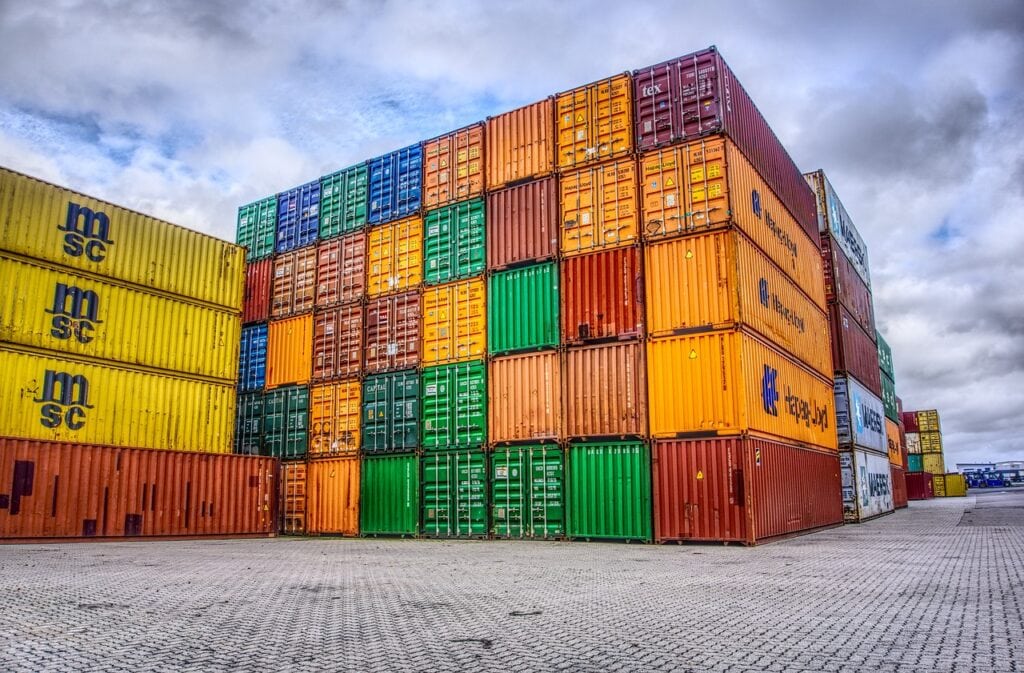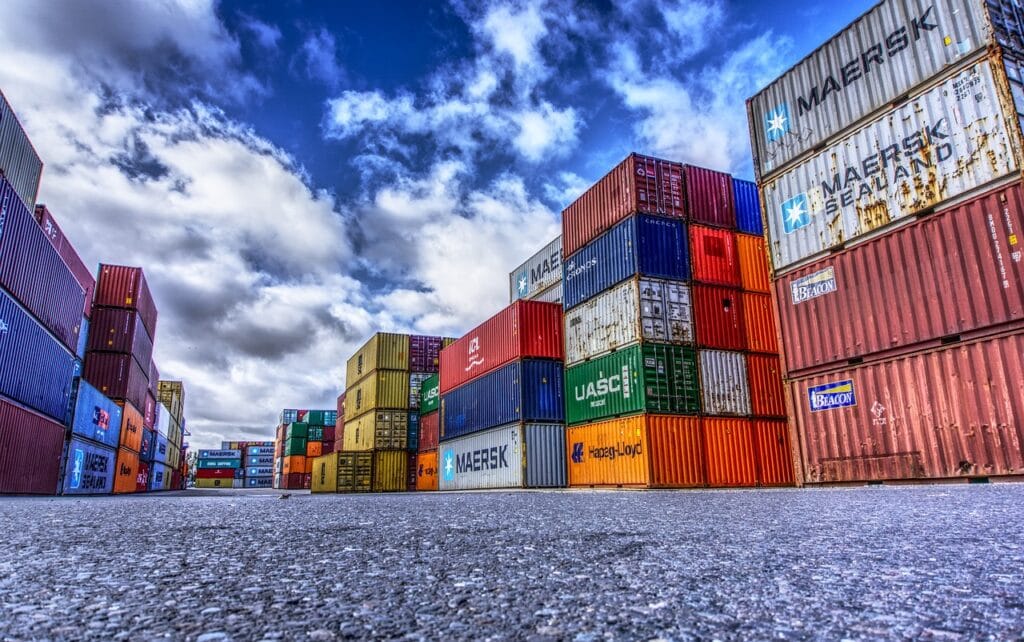FAQs About Transport Management Systems
How do I integrate a TMS with my existing systems?
Integrating a TMS with existing systems such as ERP, CRM, and warehouse management systems involves using APIs (Application Programming Interfaces) or middleware solutions that facilitate data exchange between different software platforms. This integration ensures seamless communication, real-time data updates, and streamlined operations across various departments, enhancing overall efficiency and reducing the likelihood of errors.
What are the cost considerations when implementing a TMS?
The cost of implementing a TMS varies based on factors such as the size of your business, the complexity of your logistics operations, and the specific features you need. Costs may include software licensing fees, hardware expenses, implementation and integration costs, training, and ongoing maintenance. It's important to assess the return on investment (ROI) by considering the long-term savings and efficiency improvements a TMS can offer.
Can a TMS handle international shipping?
Yes, many TMS solutions are equipped to handle international shipping by providing features such as multi-currency support, compliance with international shipping regulations, customs documentation management, and global carrier integration. These features help businesses manage cross-border logistics efficiently, ensuring smooth and compliant international shipping operations.
How can I ensure data security with a TMS?
Ensuring data security with a TMS involves implementing robust security measures such as encryption, secure user authentication, regular software updates, and compliance with data protection regulations. Choose a TMS provider that prioritizes data security and offers features like role-based access control, secure data storage, and regular security audits to protect sensitive information.
What are the trends in transport management systems?
Current trends in TMS include the adoption of artificial intelligence (AI) and machine learning for predictive analytics, the use of Internet of Things (IoT) devices for real-time tracking and monitoring, blockchain technology for enhanced transparency and security, and the integration of autonomous vehicles and drones for efficient delivery solutions. Staying updated with these trends can help businesses leverage advanced technologies to optimize their logistics operations.




